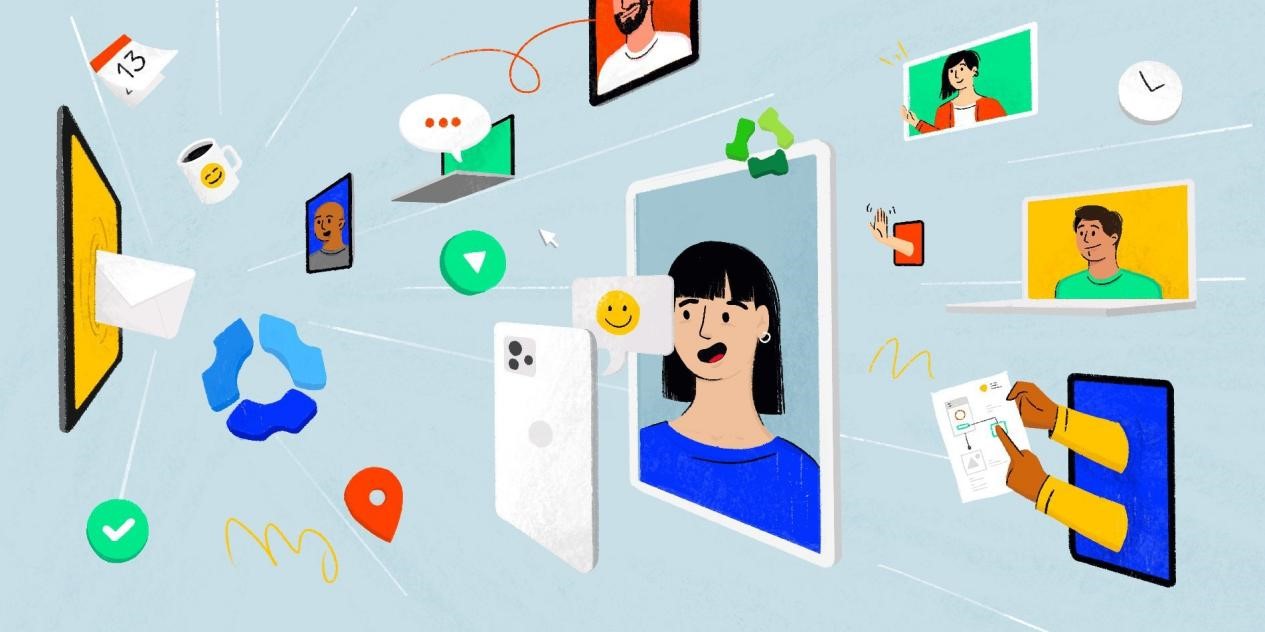- December 24, 2025 11:37 pm
- California

The way talent is managed today is just like today’s workforce—it is distributed. And with distributed talent management, it’s all about how people place value and power, be it in the hands of employees or managers. The obsolete idea of centralized control and command has been made ancient in this modern day. Now, in a world where we’ve welcomed empowered and independent individuals, we also include distributed talent management as an integral approach to embracing skills and power.
These days, much of HR’s duties are managed and performed by the employees and managers themselves. While their role is usually better served by others, thanks to autonomy, HR professionals can administer in aspects that involve more strategic role focus by giving policies and handing out processes and tools to employees and managers to manage themselves.
The new advent of culminating distributed talent management ought to be made a long-term thing, and now is the time to make it happen; now is the time for autonomy. Previously, several organizations have been practicing a top-down approach to formal activities. And over the recent years, many have switched to a style of talent management approach. But from now on, organizations need to follow a distributed model that comprises a collaborative ecosystem of teams, employees, and managers. This type of distributed model would focus more on giving more value to employees in an organization.
Evolutions in evolution have been accelerated since the pandemic, which has compelled leaders to become more agile overnight. There’s been a massive step-up in the use of digital technologies, and people of higher posts had to support and manage those below them.
When it comes to distributed talent management, there are several elements that leaders and organizations need to consider to have it implemented the right and efficient way.
The most fundamental element is Learning and Development. Due to the recent pandemic, work-flow has been disrupted, and shifts in working methods (like work from home) are introducing new strategies to combat the work-flow tension. Either way, that doesn’t mean that the learning has to stop. HR must ensure people are inspired at almost any point in time to learn and develop their skillsets—be it while they work from home or the office. Schneider Electrics is one company that has a learning portal for its employees that provides them development opportunities based on the skills and aspirations of the employee.
The second element would be Career Management. In this new world, workers have taken ownership of their own careers. Internal mobility is mediated via digital platforms that help suggest roles based on the people’s stated skills and preferences. Unilever has a framework called Flex that allows the company’s employees to upskill or reskill themselves or for a role outside the company, or transition to new employment ways.
Another essential element that has become paramount due to the pandemic and will continue to remain so is employees’ engagement and well-being. Many companies have started utilizing engagement pulsing apps to monitor how the workers are doing and ensure their well-being. Apps like Bupa encourage employees to set and adhere to healthy lifestyle goals by keeping reminders to keep their schedules on track.
Workforce planning is essential in any company that wishes to embrace the benefits of distributed talent management. Usually, an HR would help break down jobs into tasks based on the employees’ talent and skillset for project completion. This way, trends, and gaps could be identified across the entire workforce, and necessary changes can be made. IBM has an internal talent marketplace that encourages employees to connect with available opportunities both inside and outside the organization. This helps managers to retain, deploy, and motivate employees effectively.
Just so you know, you cannot shift to distributed talent management on purchasing an app. Apps help managers and HRs make their tasks more manageable, but the physical work has to be done by themselves. It’s never too late to have this approach implemented in your company—you only need to make sure you prioritize and review your methods before you begin.